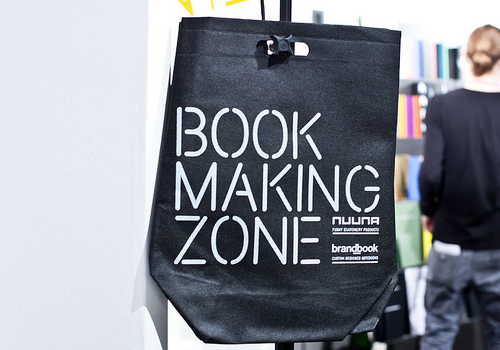Now What? How to Self-Publish a Well-Designed Book

During the second month of our “Now What?” Months, we’re shifting our focus to publishing in all its myriad forms. Today, Orna Ross of the Alliance of Independent Authors continues a series on independent publishing, focusing today on design and formatting :
This the second in a series of four blog posts that will lead authors through the design and formatting phases of the writing and self-publishing journey. You’ve completed your first draft in 30 days, and completed the deepening, self-editing and editorial phases. Now what?
Once you have a fully edited manuscript, consider turning it into a digital book and publishing it.
Why digital? Digital levels the playing field for self-publishers. When readers search for, find, and buy books on the Internet, how the book was published becomes irrelevant. A self-published book has a page on Amazon or Kobo or iBooks that’s just as much a selling opportunity as the pages for books from the big trade publishers; if your book is well written, edited, and designed, the reader won’t know the difference.
As a self-publisher you decide what’s going to be in your book and how it will look. This not only includes the exterior and Interior design, but also encompasses document conversion to the multiple formats necessary to produce your digital book (in e-book and print-on-demand editions).
Cover DesignYour book’s cover is its first impression with readers. A cover that looks good, represents your story, and is of a professional quality will help your book appeal to your audience and stand up next to trade-published books in its category.
Design services can vary widely in price, and more expensive does not always mean better. It’s important to have done some research around what you want and what’s currently working well in your genre.
Do you want a specific look that brands all your books? Similar covers for particular series? Imagery that matches other covers in your genre? Or do you want to be more creative, and do something different?Make sure your cover does its job. A cover must be appealing and intriguing enough to make a reader want to stop what they’re doing, and look further. So it’s more important that it looks good in thumbnail size than in full print size.
Whether you choose to get a cover image from a design service or design your own cover, you should familiarize yourself with issues around copyrights and licensing for any images or fonts used.
Interior DesignProduction can be a daunting task for a first time self-publishing author. Once you get past the jargon, though, some simple tools and services can make it a much more manageable task.
Manuscript conversion is simply taking one form of your manuscript—be it in DOC/DOCX, RTF or PDF—and making it into another format that is ready to be uploaded as an e-book file or POD file on self-publishing platforms.
Scrivener is one handy tool for self-publishers because as well as being an excellent writing software, it also takes care of formatting with minimal effort or knowledge needed. Other indie authors use Vellum—or you can pay a formatter to do the job for you.
E-book and Print-on-Demand Book FormattingIf you plan on offering both e-book and print book versions, you have to produce the book in several different formats: mobi, epub, and pdf. Not only do you have to ensure the accuracy of these files, you have to also ensure that each file works on as many devices as you can test: Android phones and tablets, iPhones and iPads, computers, Kindles, NOOKs, Kobo readers, etc.
There are several programs available to help authors format and layout their books for a variety of purposes. Their prices can range widely, so it’s important to know what you need for your particular projects and goals.
If you write fiction, you’re not likely to need a program with functionality for designing pages with lots of graphics, so something like Scrivener can make a very adequate ebook.
For print, interior design becomes trickier. Joel Friedlander, the Book Designer, offers templates that can be used by self-publishers. And again, it’s always possible to outsource any of these jobs, if you can afford to and would rather spend your time on other writing or publishing tasks.
In the next blog post in this series, we’ll look at production and distribution, and how to get your book into the hands of readers.
ALLi (The Alliance of Independent Authors) has a list of tools and services that makes indepedent publishing manageable. Members also have access to a closed forum, where they can ask questions of other authors who have published this way before them—and access to the “Ask ALLi” program, which promises to answer any self-publishing question.

Orna Ross writes and publishes poetry and fiction as well as creative guides, and is greatly excited by the democratising and empowering potential of author-publishing. Her work for ALLi has seen her named as one of The Bookseller’s “100 Most Influential People in Publishing” since 2013. ALLi (The Alliance of Independent Authors) is a non-profit professional association for authors who self-publish. Our motto is “Working together to help each other”.
Top photo by Flickr user brandbook.de.
Chris Baty's Blog
- Chris Baty's profile
- 63 followers



